The Makings of the Ideal T Shirt
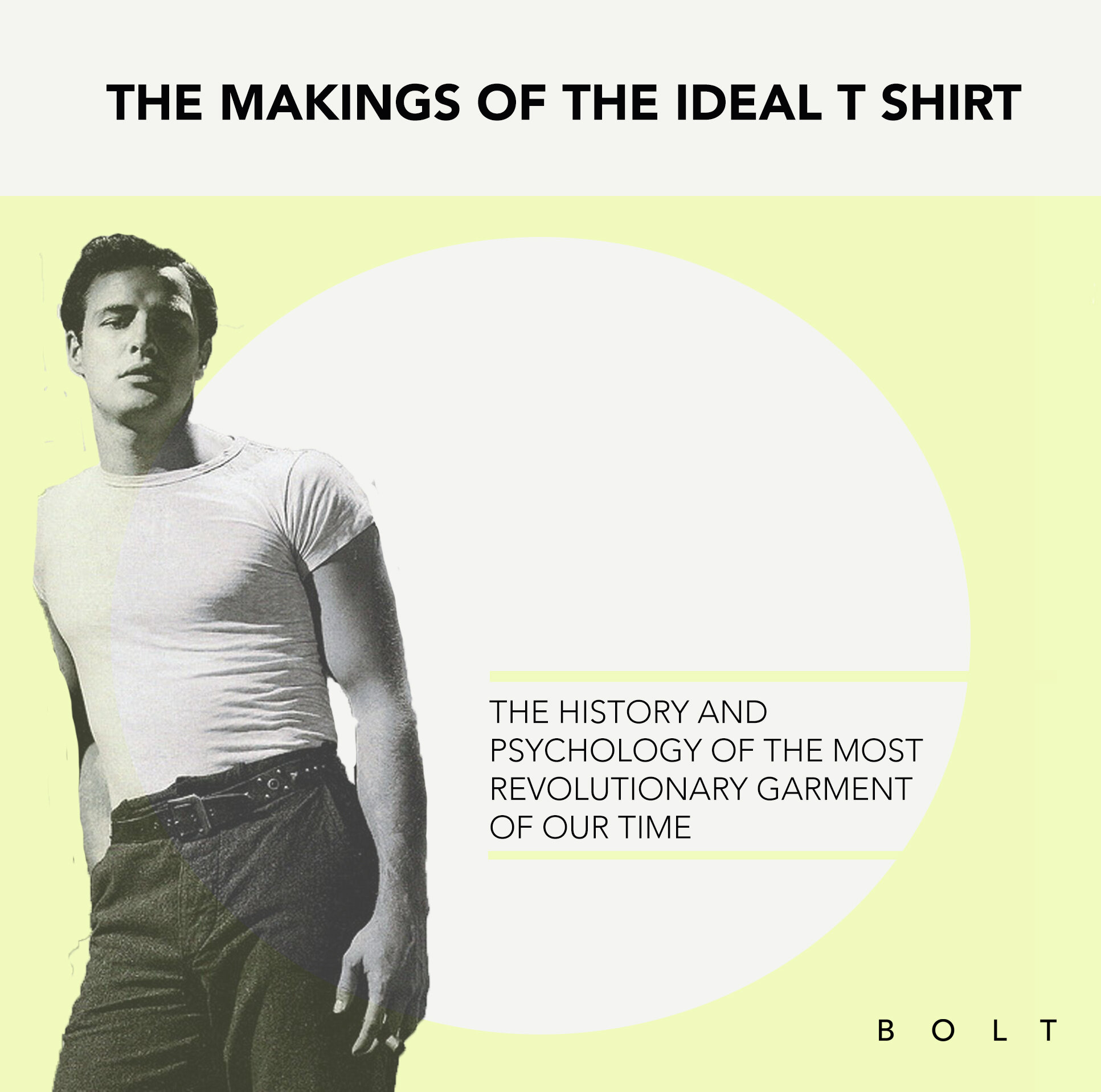
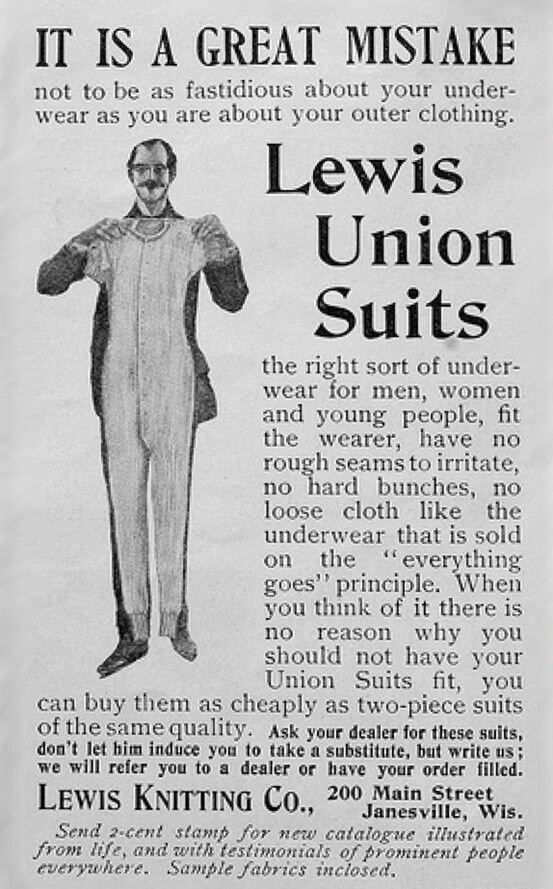
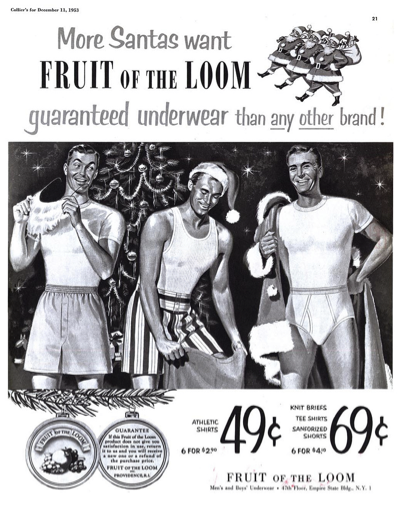

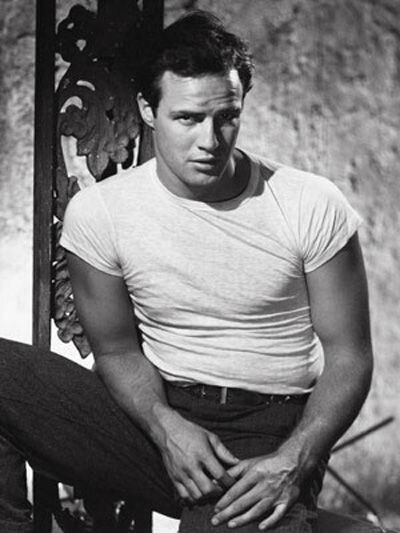
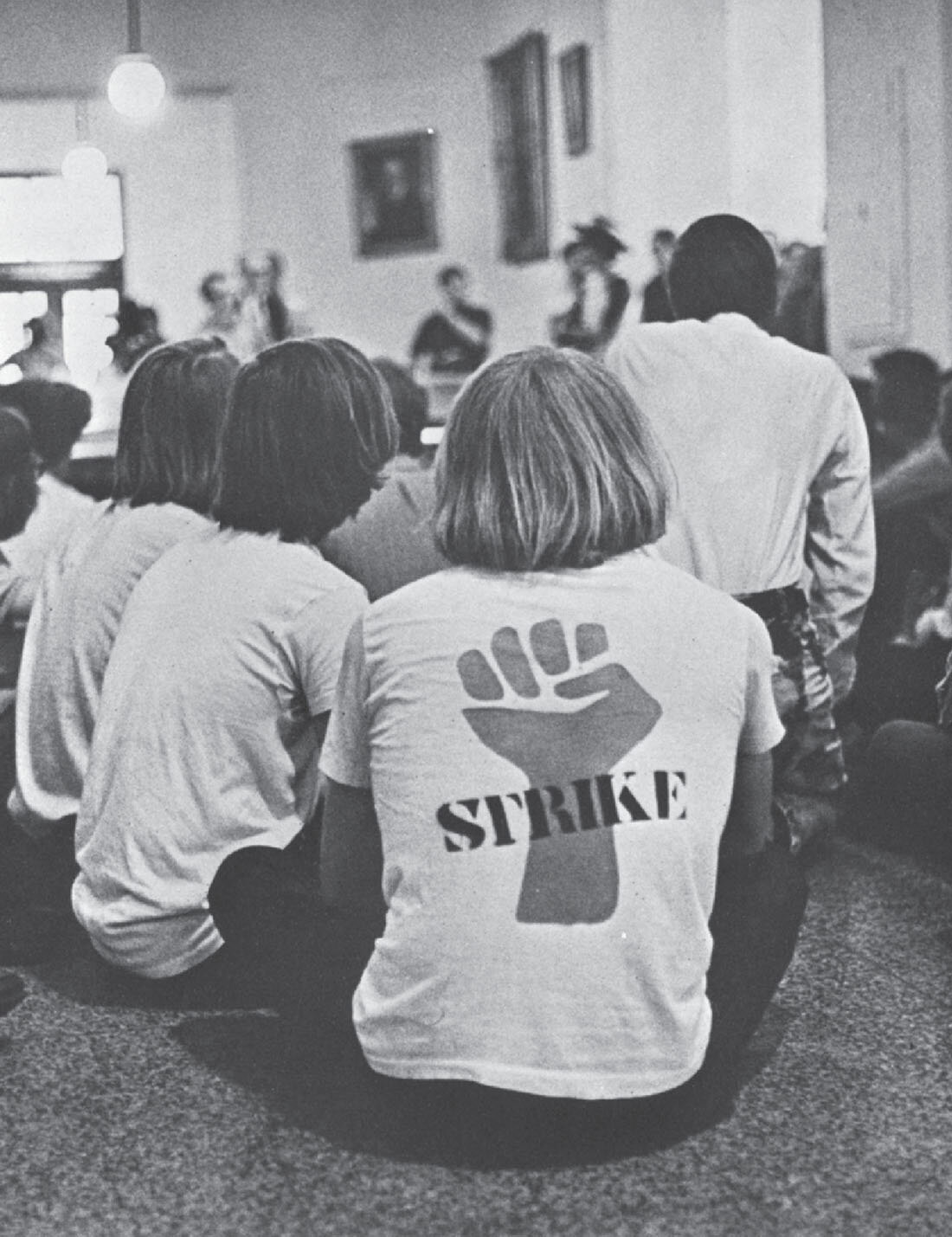



“[The T-shirt] is a really basic way of telling the world who and what you are.” [1]
The humble t-shirt is probably the most ubiquitous garment in your wardrobe, worn daily the world over, it is so deeply ingrained in culture its importance is often overlooked. In its purest form, it is the most democratic garment, a non-gendered, blank canvas that denotes you to any manor of culture. Either disruptive or non-assuming, high fashion or casual attire, the t-shirt has the ability to carry a message and create identity.
With over two billion made each year they are without a doubt the most ubiquitous commodity of the rag trade. Why then is it so difficult to find a t-shirt that appeals to my lifestyle? To understand the psychology of clothing it is useful to consider the origins of clothes and the four theories that explain their development. Firstly, you have the Modesty theory that stems from the story of Adam and Eve’s seduction by the snake in the Garden of Eden. The second theory takes the opposite path, immodesty, where familiarity breeds indifference and it’s the concealment of the body that invites sexual attraction. Building on this is the third perspective of Adornment, clothing as a conspicuous ornamentation that displays identity and attracts attention. Finally, you have the idea that clothing was developed as a utility, with a function and a purpose[2].
By going back to consider the bare necessities of clothing you can build a sense of how it functions within your lifestyle. Each of these four theories have come to prominence at some point in the history of the t shirt. In the 1950’s the t-shirt was considered immodest and sexually provocative whilst the trend for oversized clothing in the 90’s aimed to modestly conceal rather than reveal the body. The advent of screen printing in the 1960’s led to the adornment of slogans and graphics quickly becoming a radical way of conveying messages. Similarly the functions the t-shirt provides have continually changed from their conception as undergarments to high fashion when in 1962 it was featured in a collection by Christian Dior. The intricacies in the design of a t shirt can place it at any point within this spectrum from modest to immodest, high fashion to anti-fashion, functional to throw away. In turn what you wear affects how you present yourself and the impression made on others, and it is intrinsically connected to how you feel. The clothes you wear can change your posture, give you confidence and allow for self-expression– wearing good clothes makes you feel good.
When choosing clothing its necessary to consider its purpose, and this in turn is reflected in the fit and function of a garment. When it comes to contemporary t-shirts they generally follow a standard pattern, a derivative of sportswear, or more recently termed loungewear. Designed for activity or loafing on the couch they have a loose, relaxed fit and are lightweight to keep you cool. The irony of this duality is that a relaxed fit tends to lead to poor posture as baggier clothes hide your form. Wearing such a t-shirt with jeans is like wearing football boots and a suit, both are fit for purpose, but for different purposes. In order of regaining a more fitted look it is tempting to opt for a smaller size but this will simply cling in any areas it shouldn’t, neither comfortable or flattering. In order to make a T-shirt suited to my lifestyle, riding motorcycles, it required a completely different fit and functionality. The durability that I sought in other workwear, and a fit that complimented a casual rather than sports attire.
”The single most powerful fashion metaphor of the century;”[3]
With over 100 years of history to draw from we started to research the requirements for our design. The T-shirt first originated in the late 19th century as an undergarment, specifically a jumpsuit worn by labourers (or union suit as they were then known). Labourers would cut them in half in the warmer weather which became the blueprint. It wasn’t until the Mexican – American wars in 1898 and 1913 that the t-shirt was produced in its current form as a U.S Navy undergarments. Comfortable, inexpensive, and easy to clean, they were adopted by farmers, ranchers, and laborers of all kinds, as well as athletes and sporting enthusiasts. Similar to the Henley undergarments but with the absence of buttons lending them to be called Bachelor shirts.
“In a time of enormous social upheaval the T-shirt established itself as a power player in every social and cultural movement which defined much of the latter half of the last century”[4]
The T shirt really came into its own in the 1950’s when it was worn by Marlon Brando and James Dean in the films The wild one, A streetcar named desire and Rebel without a pause. At the time, the act of wearing a t shirt as an overgarment was itself a symbol of rebellion and a tough political statement[5]. There is an immodesty of the fitted t-shirt, how it accentuates the body underneath, that flew in the face of established social taboos against flagrant male sexual displays at the time. It was here that the T-shirt surfaced as the uniform of youth rebellion amongst a new unrestricted sense of teenage freedom. Having been appropriated from military origins the 50’s t-shirt has a flattering masculine cut and a boxy fit. The short arms reveal the biceps and the bottom hem sits just below the belt line. It was this rebellious silhouette that we set out to capture in our new t shirts with the intention that it shouldn’t need a slogan to make a statement.
We often look to the past for inspiration, not just for the style but also because of the higher quality. It’s not a fallacy that “things used to made better” when it is applied to clothing. This becomes apparent if you look at the construction techniques and fabrics used, and it’s not unusual to find vintage workwear that’s over 70 years old in wearable condition. We used a heavy duty 290 gsm cotton rib and high-quality thread to create a durable t-shirt that can hold its own alongside a pair of jeans. The garment will last a great deal longer but it will also look better between washes. The increased weight is visible in the colour of the fabric; how it drapes; and most importantly how it feels. Good quality clothes not only stand up to but improve with wear, the same as a good leather jacket or a pair of jeans.
“Experiencing something that has worn well in a good quality material that gets better with age, that makes you feel fond of it. It's like getting to know a person you really like – you don't just dispense with them[6]
As a t shirt is worn the designs fade, cotton breaks down, and it becomes softer and more comfortable. It is this element of texture that adds a whole new level of possibilities to the production process. With innovations in washing techniques it is possible to carefully recreate the unique slubby feel that occurs over time as a garment is worn in. We applied two enzyme washes to our t-shirts to break the cotton in and to help embed the printed designs into the fabric.
When it came to designs for our t-shirts we wanted to capture the timeless nature of the process, one that was built on the past yet set on the future. We worked with letterpress artist Stephen Kenny using original wooden typefaces dating back to 1860, roughly the time of the first incarnation of the t-shirt. Designs were then recreated digitally before being printed again returning to an analogue process of discharge printing. This combination of printing techniques allowed us to incorporate a human element at both ends of production.
Rather than recreating past garments we reference the past whilst integrating innovations and current trends. It’s about understanding style and developing garments within the context of our lifestyles. Yves Saint Laurent once said that “fashion fades but style is eternal” and in this sense good quality, well-tailored garments transcend time. Style is an approach or rather a mindset where design is informed by a determined set of principles. It is the right combination of fabric, construction, tailoring, and detail that make clothes look good and function regardless of what trends are happening elsewhere.
[1] Dennis Nothdruft, curator of the exhibition titled T-shirt: Cult — Culture — Subversion, London Museum of Fashion and Textiles
[2] The Development and Function of Clothing, Knight Dunlap, The journal of General Psychology
[3] Vogue magazine, 1975
[4] The history of t shirts – Spectra-usa.com
[5] Dennis Nothdruft, curator of the exhibition titled T-shirt: Cult — Culture — Subversion, London Museum of Fashion and Textiles
[6] Margaret Howell, interview with The Guardian



